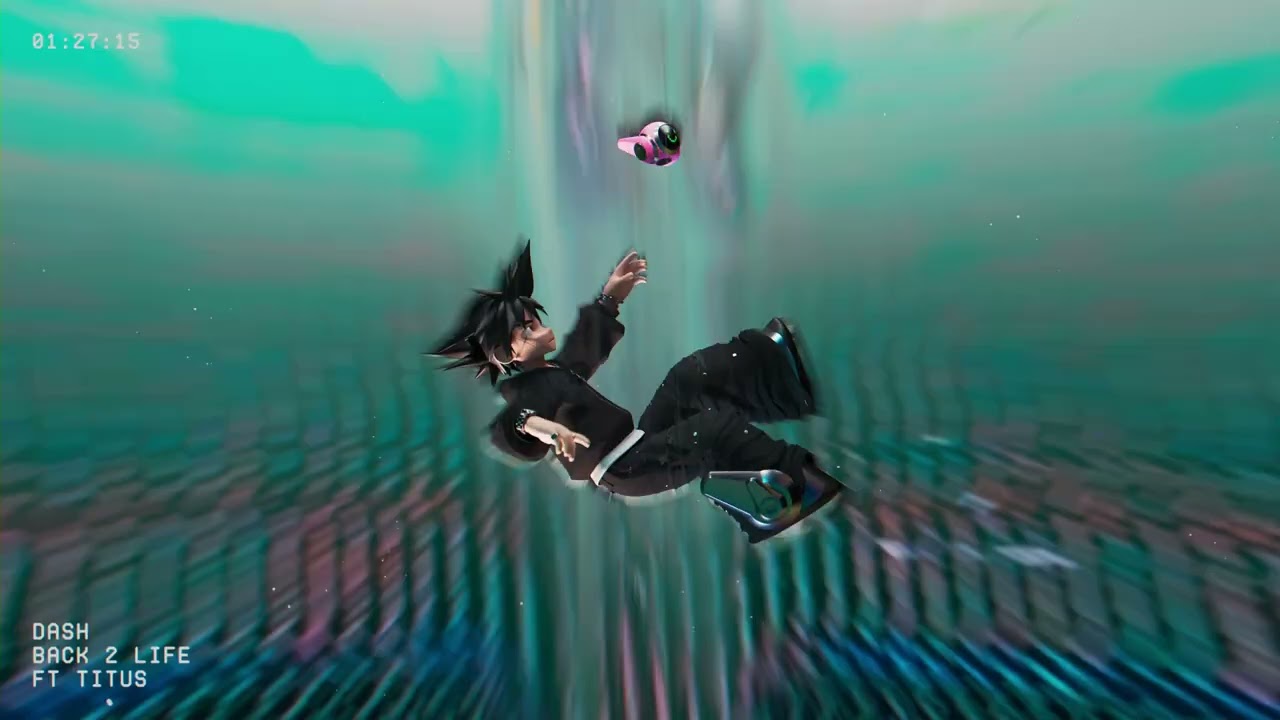Live-action adaptations of anime are always controversial. Whenever one is announced, fans of the show are instantly put on edge, worried this new version will ruin the story they love. It is easy to see why, as media history is full of infamously terrible live-action anime adaptations that upset fans and critics alike. And now, with Cowboy Bebop's live-action adaptation hitting Netflix and the casting choices for the live-action One Piece being revealed, more people than ever are discussing why some live-action anime work.
One of the most crucial elements of a live-action adaption is choosing the right show. Animation allows creators to create reality-defying objects and spaces, but converting these into live-action can be tricky -- especially when they have to interact with actual actors. And if a studio is not careful, these effects can quickly take up the production's entire budget.
Thus, trying to make something like One Piece into a live-action series requires more thought and money, as details like the Devil Fruit powers look good when put next to real people. Failing to pull this off leads to a series that sours viewers and pulls them out of the story. This was an infamous criticism of the live-action Attack On Titan films, as the CGI titans simply lacked the weight and dark majesty of their anime counterparts. On the flip side, this is why 2015's Orange and the 2012 Ace Attorney film were well received. Both series are set in semi-realistic settings that don't require constant and costly special effects to depict the characters or the world around them, allowing the budget to be spent elsewhere.
Understanding the strengths of live-action is also crucial when making an adaptation. While animation can make the fantastic real, live-action is amazing for visceral action and raw human emotion. This is why shows like Blade of the Immortal made the jump to live-action successfully -- the format allowed the story's intense emotion and action to shine through. In the same way, the live-action Gintama used the format's affinity for slapstick humor to create a hilarious gag-packed version of the original story that felt familiar but unique.
On top of this, the director needs to understand the source material and why it resonates with audiences. It isn't possible to do a perfect one-to-one recreation of the anime, so retaining the core feeling of the series while also tweaking it to fit the new format is crucial. A great example of this is Pretty Guardian Sailor Moon. While it told a very different story from the original Sailor Moon anime, it kept the same emotional core and characterization. Thus it felt like a natural extension of the series while changing things to better suit the live-action format. Detective Pikachu is another fantastic example. While it doesn't tell a story from the Pokémon games or anime, it perfectly captures the exciting and adventurous feel of the Pokémon franchise while telling an original story.
One of the best examples of how a studio can lose the core of a movie comes from the two live-action Death Note movies. The 2006 Japanese version did change the story somewhat; however, it was clear the director understood what made the story work, and thus the film still feels like Death Note. The 2017 American version, on the other hand, clearly didn't understand the story. The resulting movie feels like a pale imitation or rip-off of the beloved series, upsetting fans of the source material.
However, one of the major stumbling blocks for live-action anime has been length. Anime and live-action have different expectations when it comes to time, often leading to adaptions that feel padded or rushed. This is why the Fullmetal Alchemist movie was criticized, as it compressed four volumes of the manga into a single feature, forcing it to move at a breakneck pace and killing the tension and impact in the process. Successful anime adaptations like Rurouni Kenshin pick out one part of a series, working to make it a complete narrative in its own right that fits within the medium's time constraints.
Fans will have to wait and see how well the Cowboy Bebop and One Piece live-action series turn out, and if they are considered equal to their inspirations. Every adaptation is different, and there is no guaranteed formula to make a live-action flick work. As anime becomes more mainstream, hopefully more live-action adaptations will have the love and budget to live up to the legacy of the shows that inspired them.
About The Author

